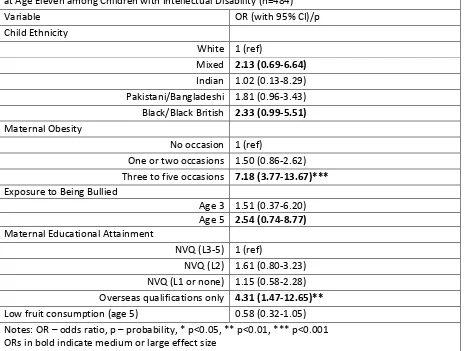Obesity in British children with and without intellectual disability:cohort study
Full text
Figure
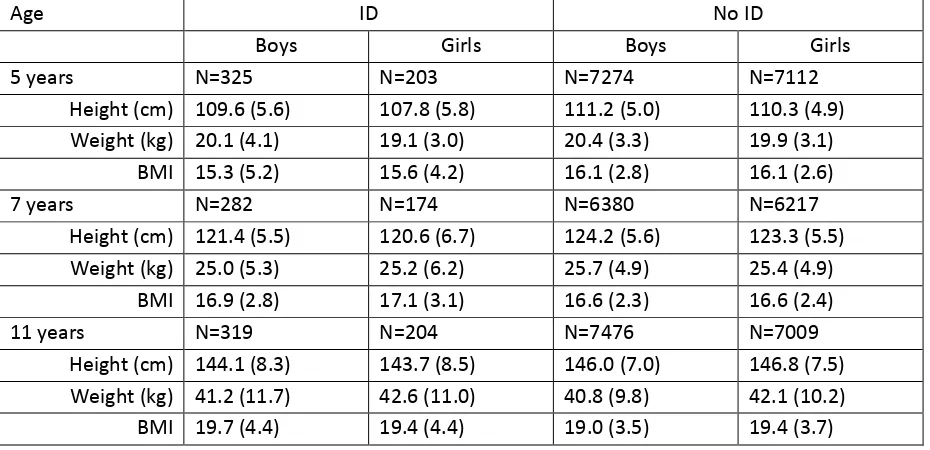
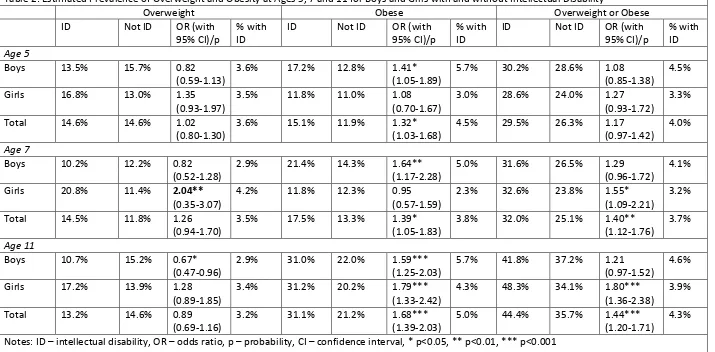
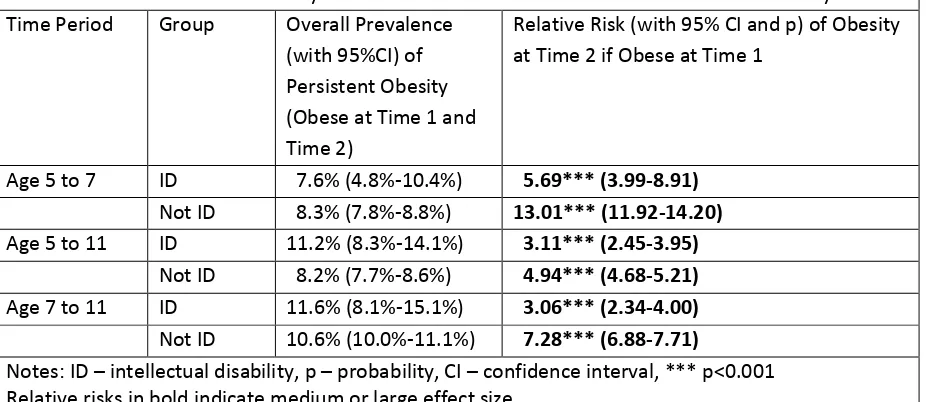
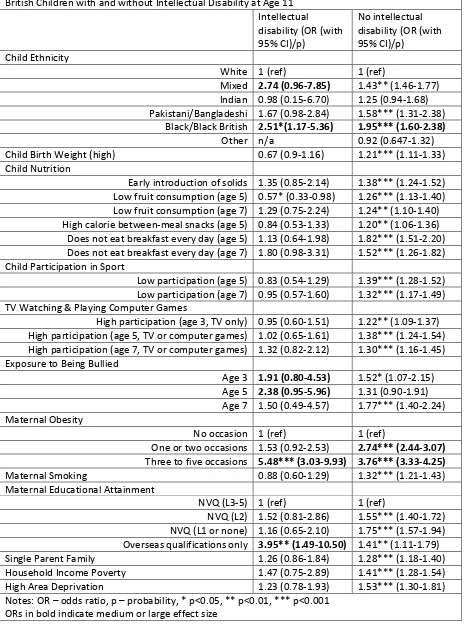
Related documents
Abstract- An investigation was been carried out in Erravagu sub-basin of Guntur District, Andhra Pradesh by collecting a total of 40 groundwater samples for two seasons
The paper presented an integrated AHP and WASPAS method for the ranking of speed breaker mechanisms in order to determine the optimum mechanism for effective power
The obtained phenolic compound is continued to the preparative TLC using chloroform: ethyl acetate (90:10, v/v) as eluent. The UV-Vis spectrum showed two peaks of maximum
The evaluation of the study area is based on the resistivity of the weathered layer and thickness of the overburden, since the important parameters in the groundwater
Figure 4: Saliency maps generated using the model based on hierarchies of partitions with different fusion criteria: hierarchical inference with belief propagation (HP-BP) and
Although these studies are important, a comprehensive study describing a wide-range of biochemical indicators of diet and nutrition among pregnant Peruvian women has not been
Consistent with our ongoing research I used JSJ as a knowledge system that is not mainstream and can be used to expand possibilities for human wellness in ways that promote self
Empirical tests of these contrasting hypotheses against survey data for 18 Latin American countries give support to the social remittances hypothesis: respondents who communicate
